|
We are thrilled to learn from Rebecca “Becki” Maldonado today. The YA Wednesday blog will soon benefit from Becki's social media prowess, as she shares weekly posts on Instagram, Twitter, and Facebook. Becki is well-known for her advocacy of YA literature as well as its connection to social justice. With today's post, I appreciate Becki's emphasis on nonfiction text. Becki is a recent doctoral Instructional Leadership and Academic Curriculum graduate of the University of Oklahoma. She specializes in arts integration, young adult literature, climate change, and critical Freirean theory. She is also editor of the book Arts Integration and Young Adult Literature: Strategies to Enhance Academic Skills and Student Voice.
|
From a Whisper to a Rallying Cry: The Killing of Vincent Chin and the Trial that Galvanized the Asian American Movement by Paula Yoo (2021) masters nonfiction narrative retelling of the fatal encounter between Vincent Chin and Ronald Ebens and his step son, Michael Nitz, along with the trials that ensued. Not only does the book show how this violent senseless act ruined the lives of Vincent’s friends and family, it also shows how the incident ruined the lives of Ronald Ebens and Michael Nitz, bringing the question to light: “Does justice for one’s horrors require one to spend time in prison?” Throughout the book, the author reviews the history of racism against the Asian American community and how and why the incident caused the Asian American community to rise up in solidarity together.
Teachers may steer away from nonfiction text because they do not feel confident in their level of knowledge about the subject it addresses. Many times this hesitancy stems from the way teachers view knowledge, their role as a teacher, and their students. If a teacher views knowledge as water, the teacher as a pitcher full of water, and the student as an empty glass ready for knowledge to be poured into it, this concept puts all the pressure on the teacher to be an expert in the subject the nonfiction text is about.
There is another way to view knowledge, the role of the teacher, and the students; however, it requires the teacher to release some of the control and to think the best of their students. Constructivism views knowledge more as a meaning making process than an object to be passed down to another person. Richardson (1997) explains constructivism as “individuals create their own understandings, based upon the interaction of what they already know and believe, and the phenomena or ideas with which they come in contact” (p. 3). This means that teachers who see knowledge as something that is constructed and changes meaning as more knowledge becomes a part of their schema or funds of knowledge. Acknowledging that students are always acquiring knowledge and creating new knowledge, teachers see themselves as facilitators to teach the students how to acquire knowledge, process and assemble that knowledge to build upon their already established understanding of the world. This alleviates the pressure of having to be an expert on the subject of the nonfiction text.
|
As a teacher who views knowledge through the constructivism lens, I follow four guidelines when teaching a YA nonfiction text:
|
I stumbled along From a Whisper to a Rallying Cry because the increased hatred towards Asians and Asian Americans during the pandemic bothers me a lot, and I have felt compelled to start learning how to be a better Asian American ally and promote more books by Asian American authors and with Asian or Asian American protagonists. I wanted a nonfiction text about real events going on in the Asian American community. When I came across From a Whisper to a Rally Cry and saw “...the Trial that Galvanized the Asian American Movement” and automatically thought to myself, “The Asian American Movement?” I knew this was the book I needed to read because before reading this book I didn’t even know there was an Asian American Movement.
Reading the Book
I borrowed the physical book from the library to check out the validity of the book, and the first thing I did was flip to the back material. There are 67 pages of back material including an Afterword, Acknowledgements, a Timeline, 29 pages of Notes and Sources, and a 10-page index. The author even went as far as to insert real pictures connected with this travesty throughout the book. My wheels started cranking about how I could use the book to start teaching research and literature reviews. I paused my thoughts and started reading the Afterword and was brought back to the reality of, while this was a very well researched book, this is a subject that is important to the Asian American community because of the author sharing her own experience with racial profiling and the historical present day racism the Asian American community faces due to the rhetoric used by elected officials during the pandemic.
If a book I am going to teach has an audiobook, when teaching I play the audiobook during class and have the students follow along. When I read this book the first time, a majority of it was via audiobook; however, when I was at home, I took time to listen to the audiobook and follow along in the book to get a feel for the pacing and to see how the pictures interacted with the texts. While reading it I was so surprised how balanced and unbiased the account was. The narrative plot kept my interest. Because a nonfiction book has to move at a good pace for me to like it, I knew the book would definitely keep the interest of high school students.
|
Reading of Additional Resources
This book contains several topics one could veer off and teach: The effect of imported cars on the American car industry, Criminal Trials vs Federal Civil Rights Trials, flaws and racism in the judicial system, etc. I wanted to keep the focus of my curriculum on Vincent Chin’s story and the Asian American community’s story. I looked for different resources and perspectives about his story that I could share with my students. |
Asian American History 101 - The Murder of Vincent Chin
Rumble with Michael Moore - Ep. 175: My Afternoon with the Killer of Vincent Chin
Escape From Plan A - Ep.174: The Legacy of Vincent Chin (ft. Paula Yoo)
NPR - How Vincent Chin’s Death Gave Other’s a Voice
South China Morning Post - The 1982 killing of Vincent Chin was ‘the first time
Asian-Americans came together’ to fight for justice
Zinn Education Project - June 19, 1982: Vincent Chin Beaten to Death in Hate Crime
While I was listening to or reading the additional resources, I was looking for ways each resource helped to contribute to, change, or deepen the understanding of how the brutal murder of Vincent Chin empowered the Asian American community to mobilize and how it is relevant to the racism the Asian American community faces today. From reading the book and the additional resources I felt confident to start building my curriculum to teach the book.
Through the lens of constructivism, there is no right or wrong, only the changing of perspectives and understanding. Once we make connections to the texts, real life, and other texts, we also must reflect on how the new knowledge and understanding we just acquired and created influences our behavior. As a teacher, here are some reflection questions for you to think about and answer.
- How do I view knowledge, my role as a teacher, and my students?
- How comfortable do I feel teaching and developing curriculum for new nonfiction texts?
- What is my process for becoming familiar with the subject the text is about?
- Do I feel comfortable preparing curriculum and teaching From a Whisper to a Rallying Cry?
- What would stand in my way of preparing the curriculum for From a Whisper to a Rallying Cry?
- What new YA nonfiction text would I want to prepare to teach in my class?
Richardson, V. (1997). Constructivist teacher education: Building a world of new understandings. Falmer.
Yoo, P. (2021). From a whisper to a rallying cry: The killing of Vincent Chin and the trial that galvanized the Asian American movement. Norton Young Readers.


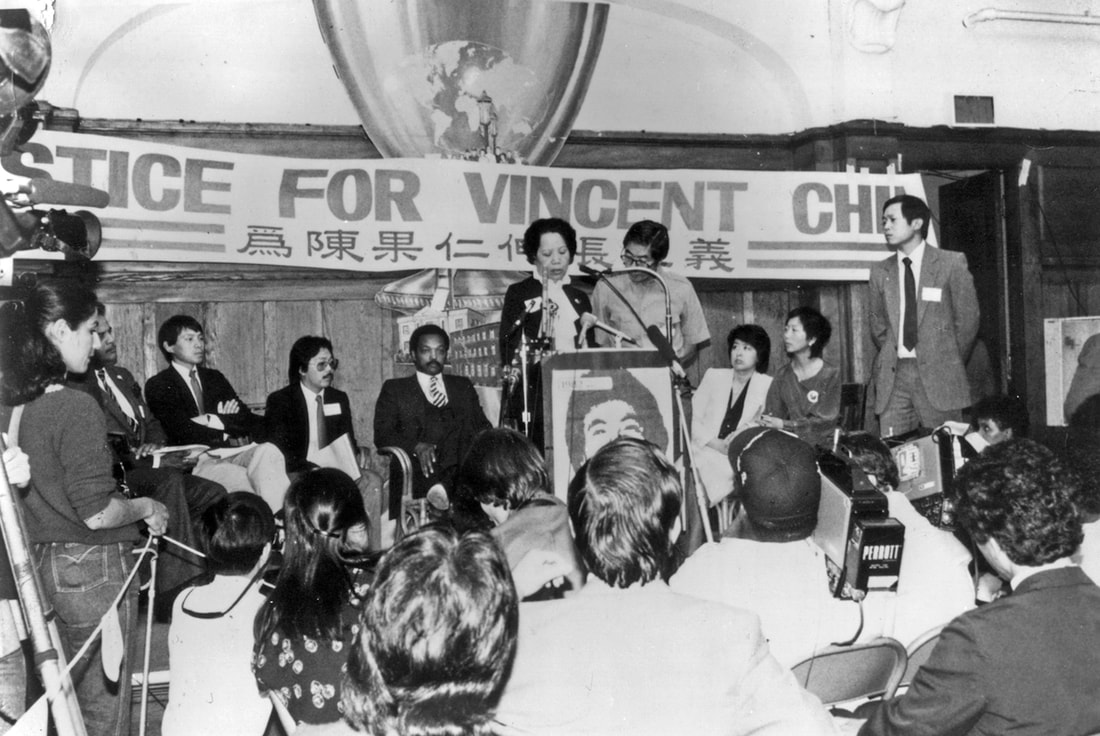
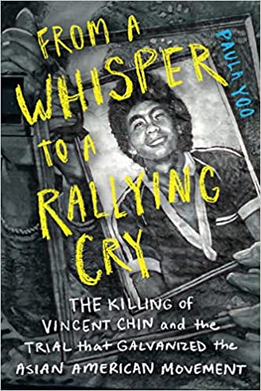
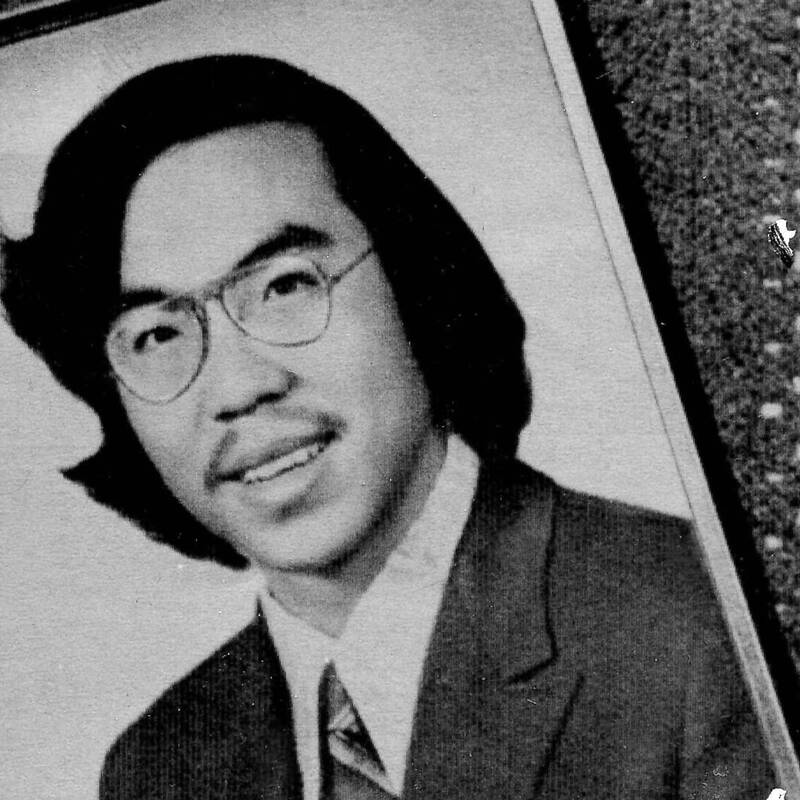

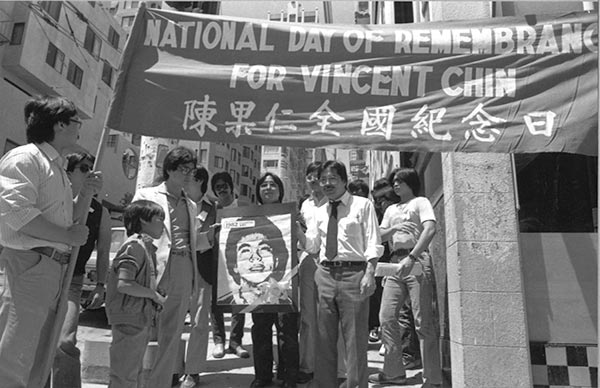

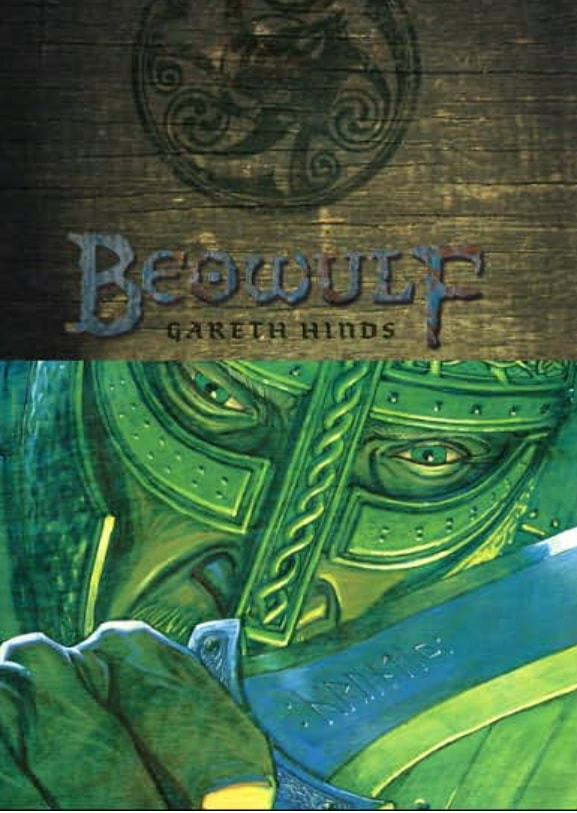
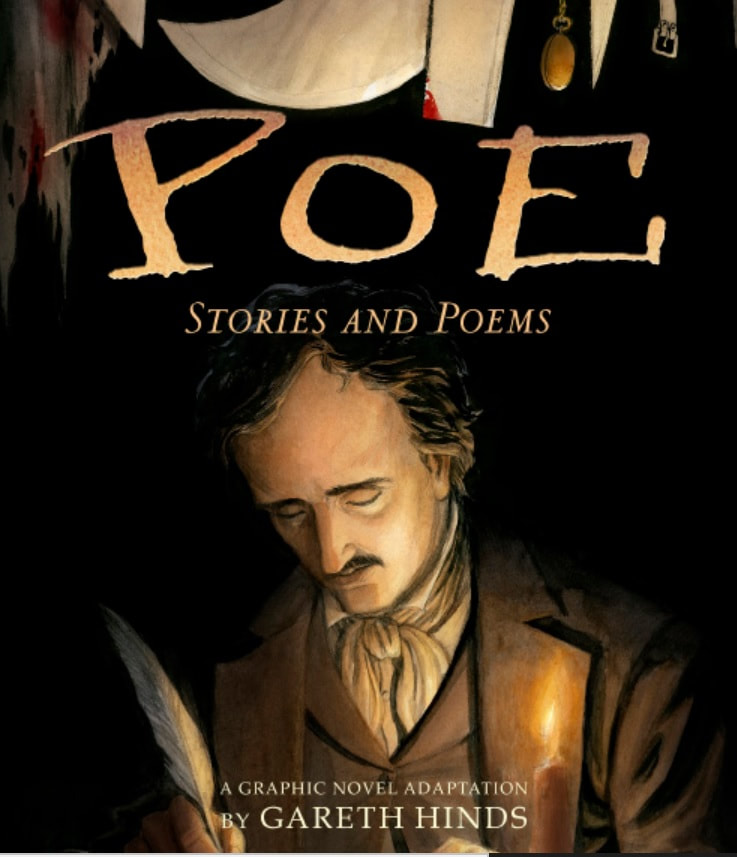
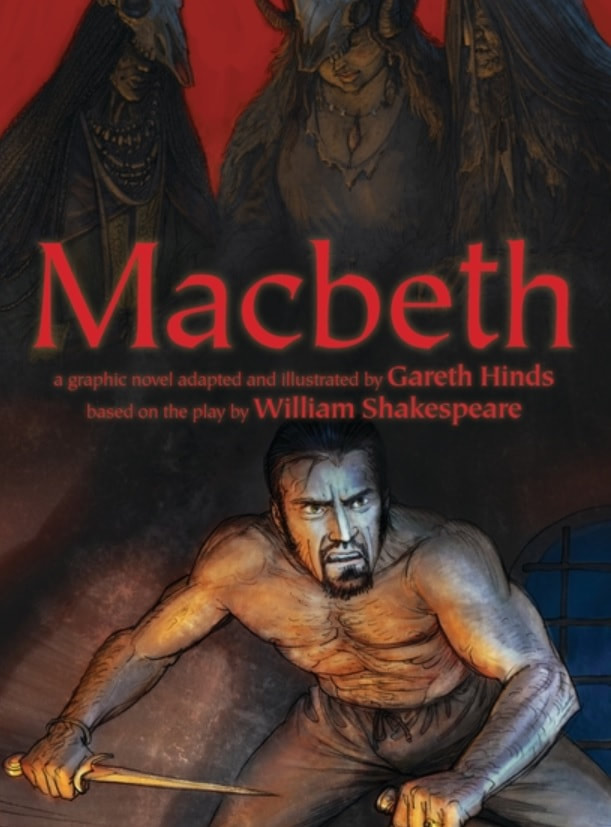


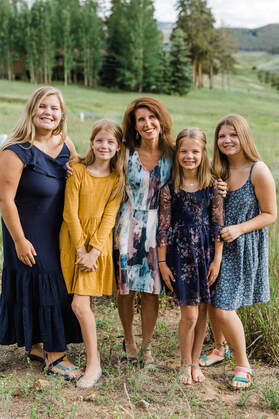
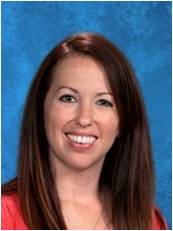


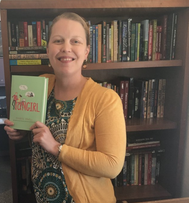



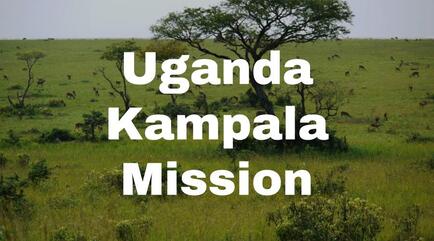
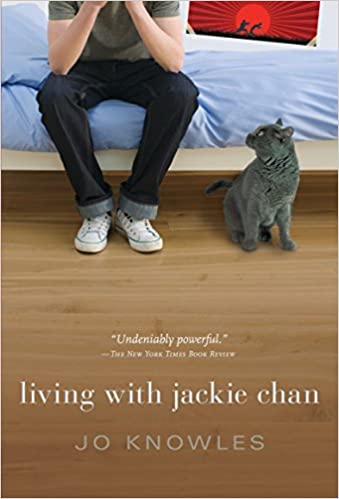
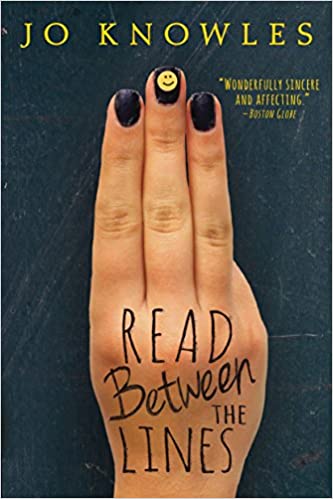
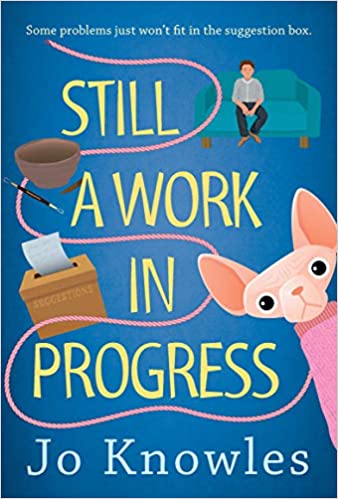
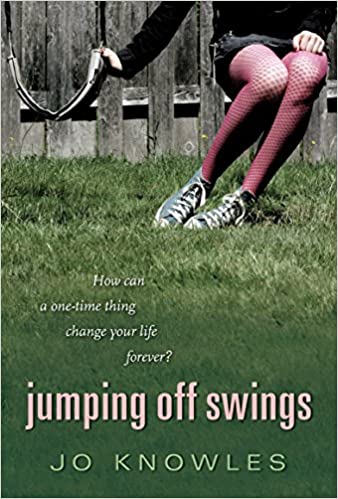
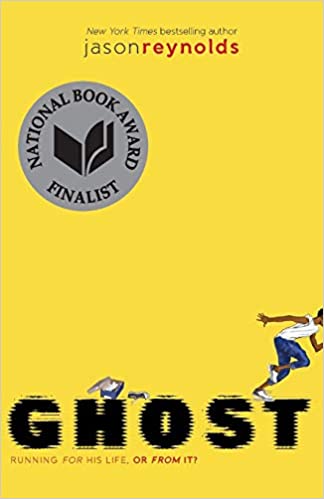
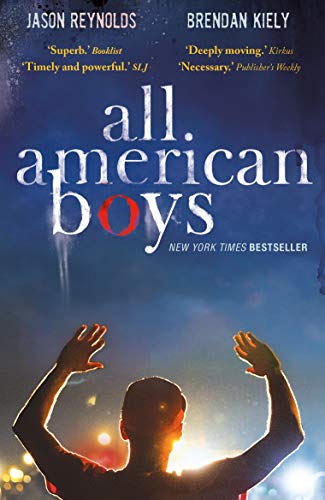
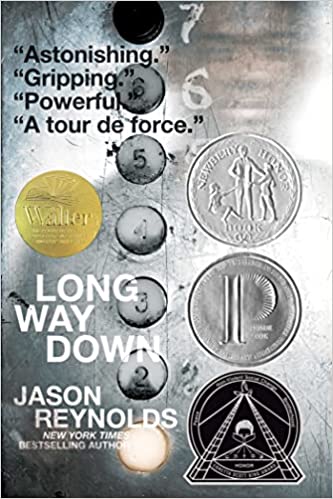
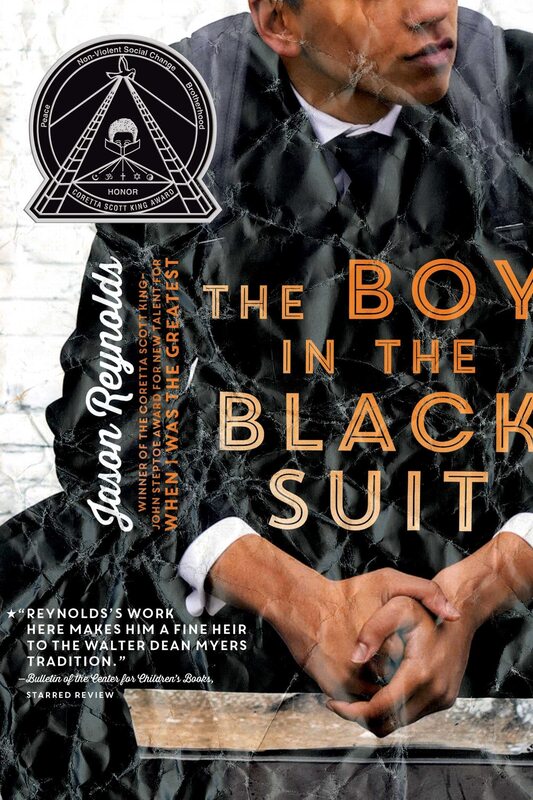
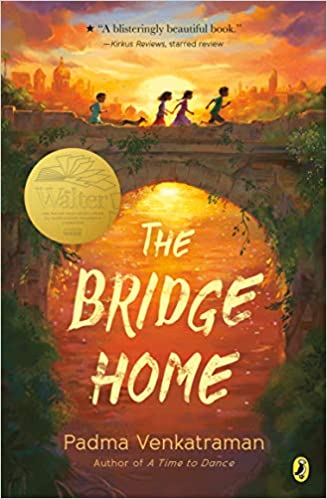
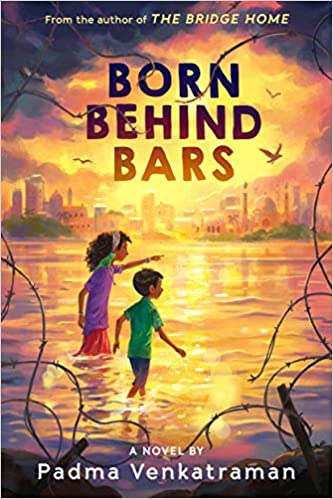
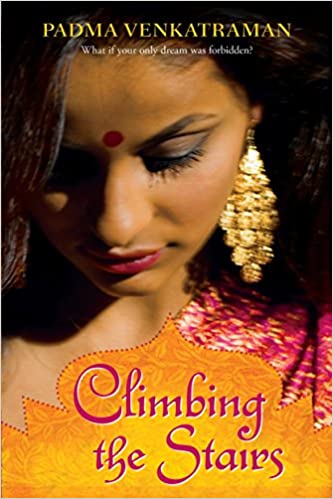
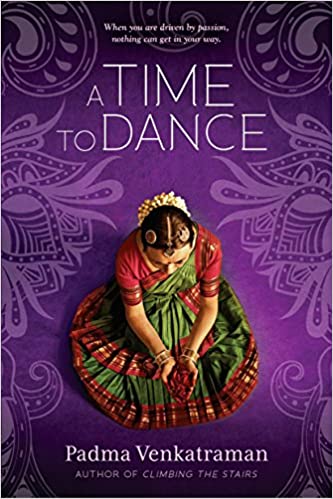
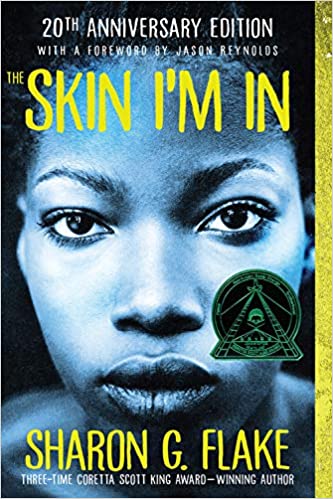
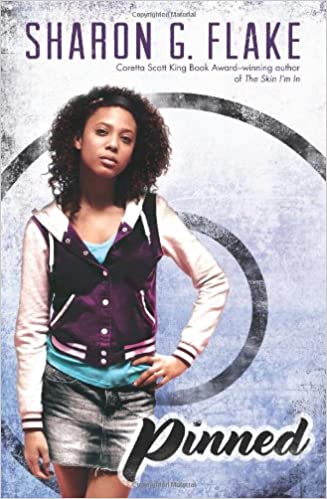
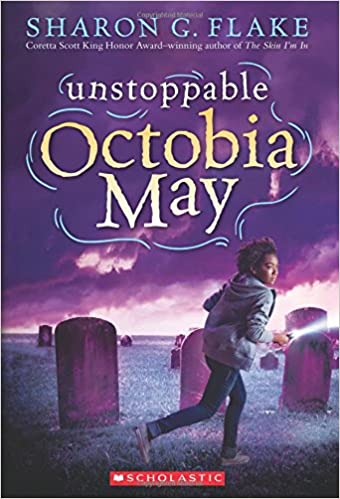
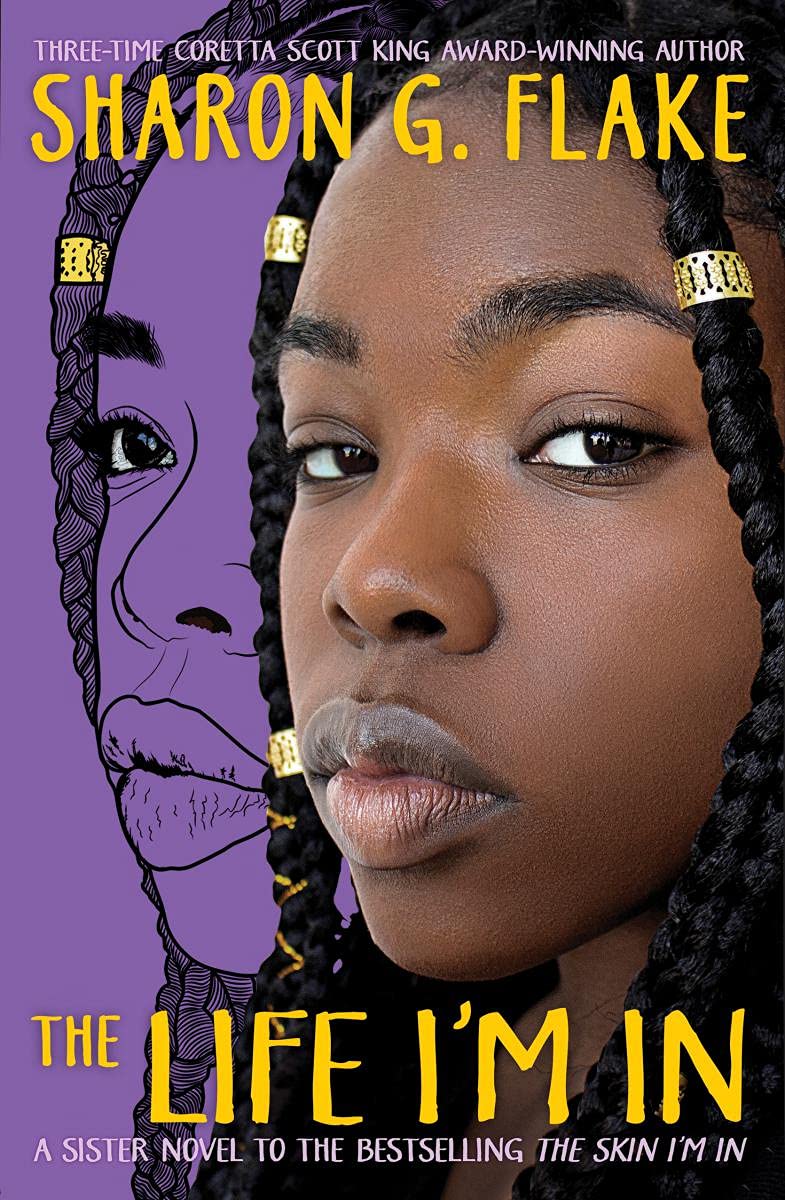
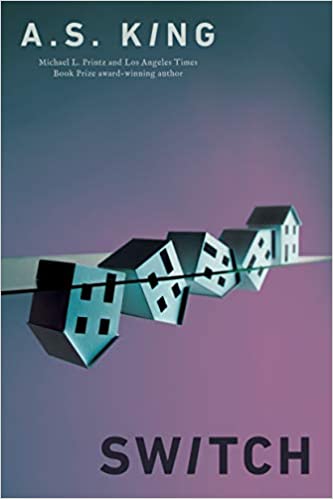
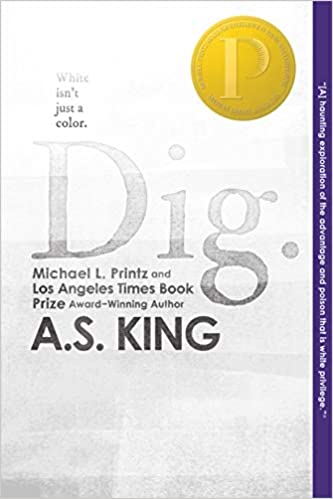
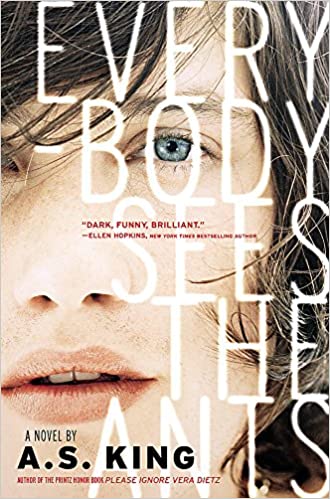
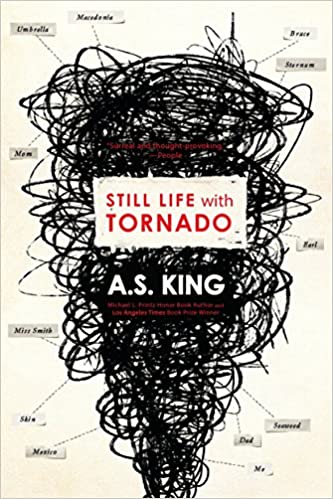
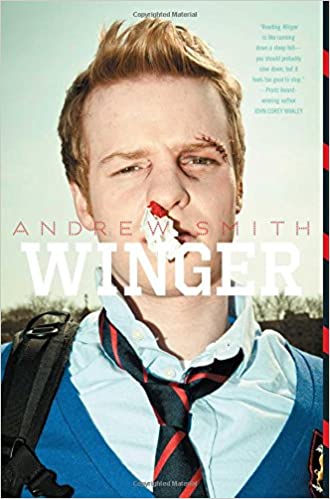

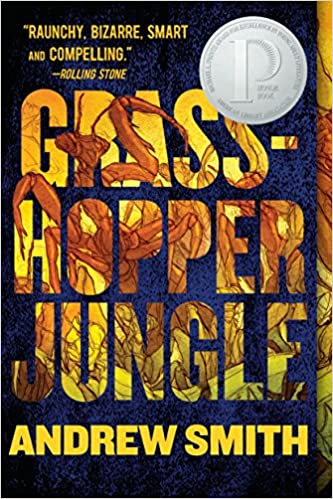
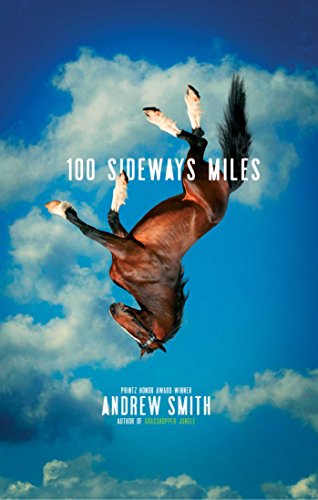
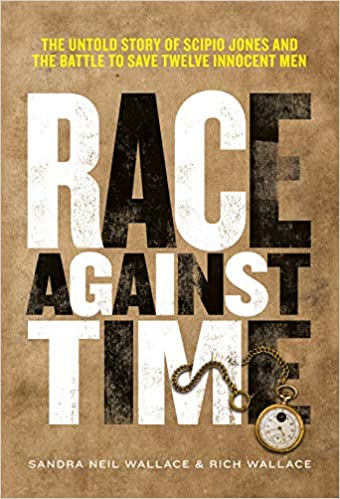
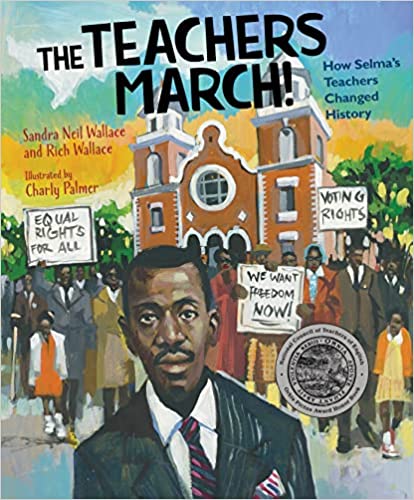
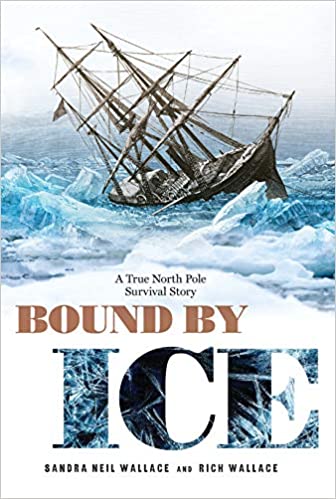
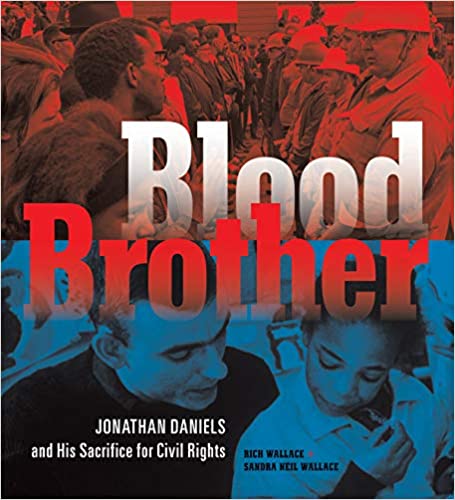
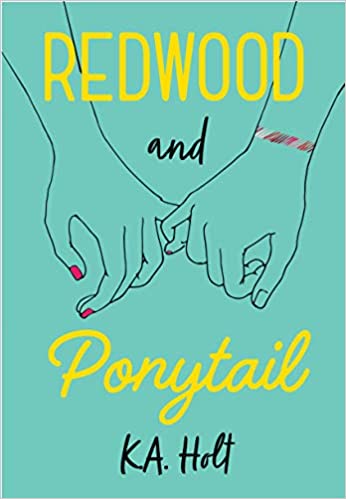
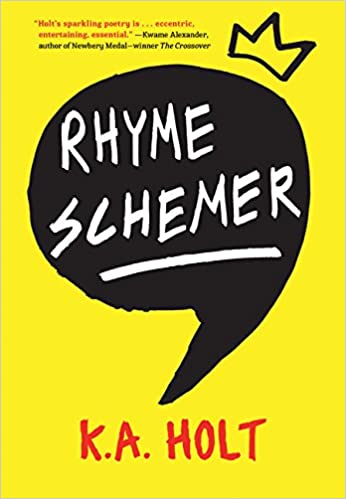
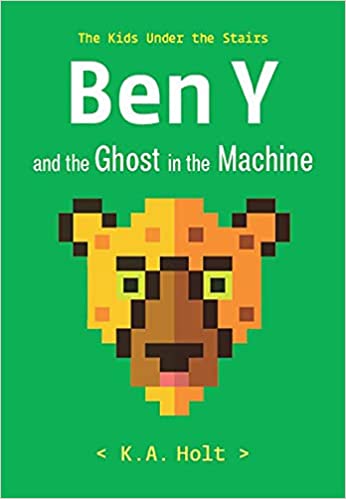
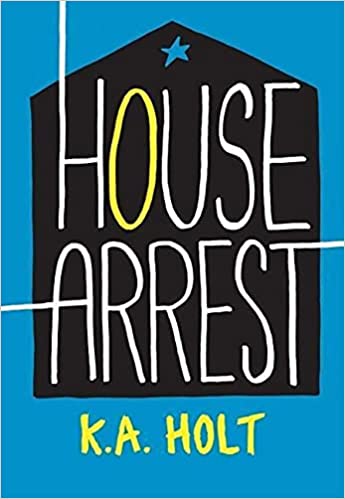
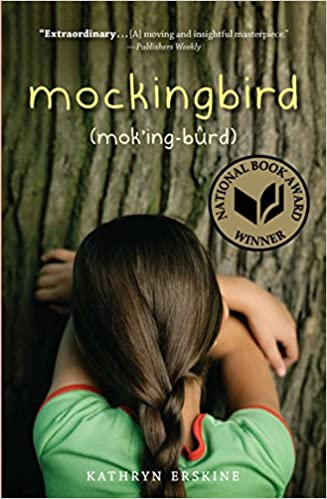
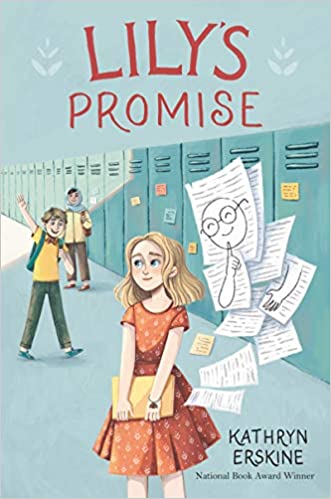
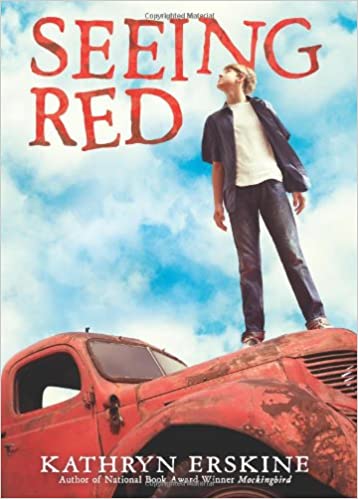
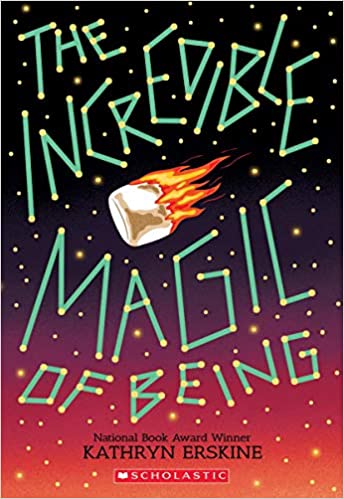
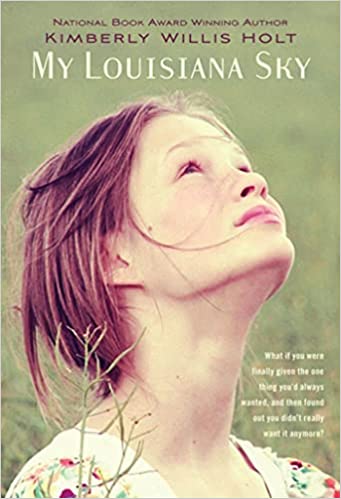
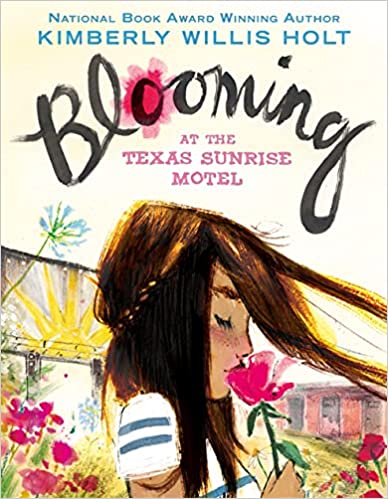
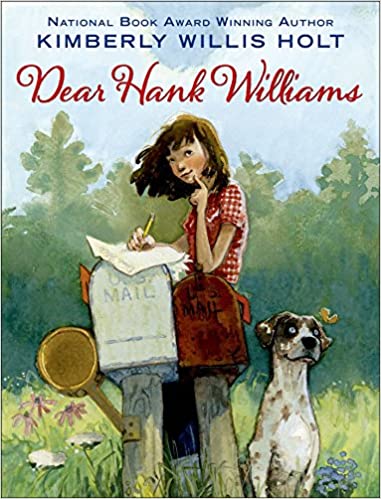
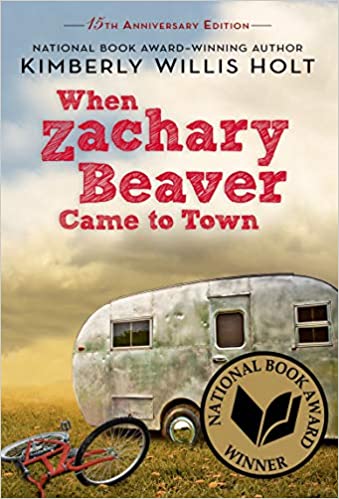
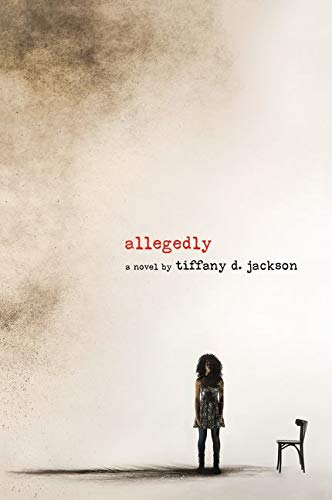
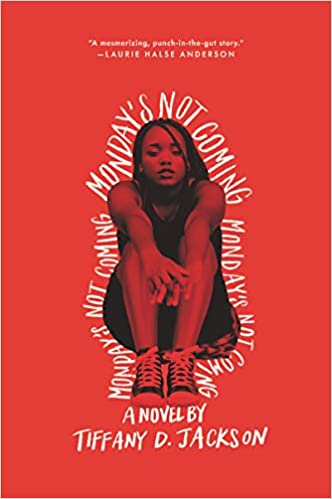

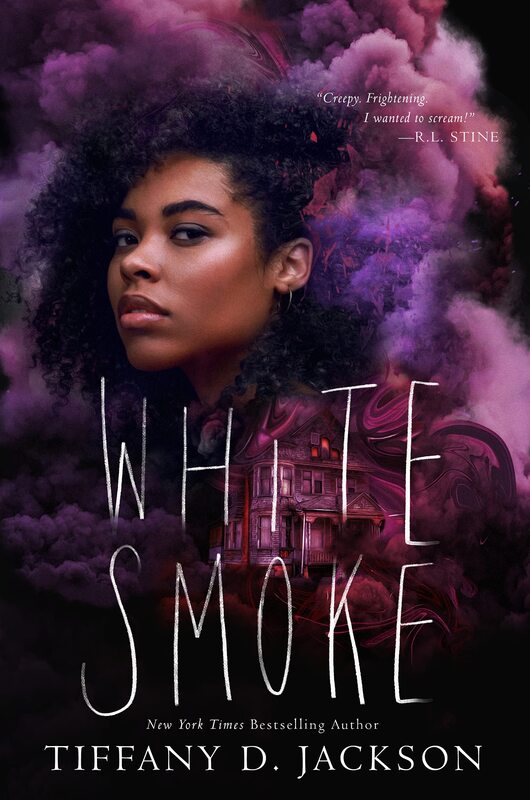

 RSS Feed
RSS Feed